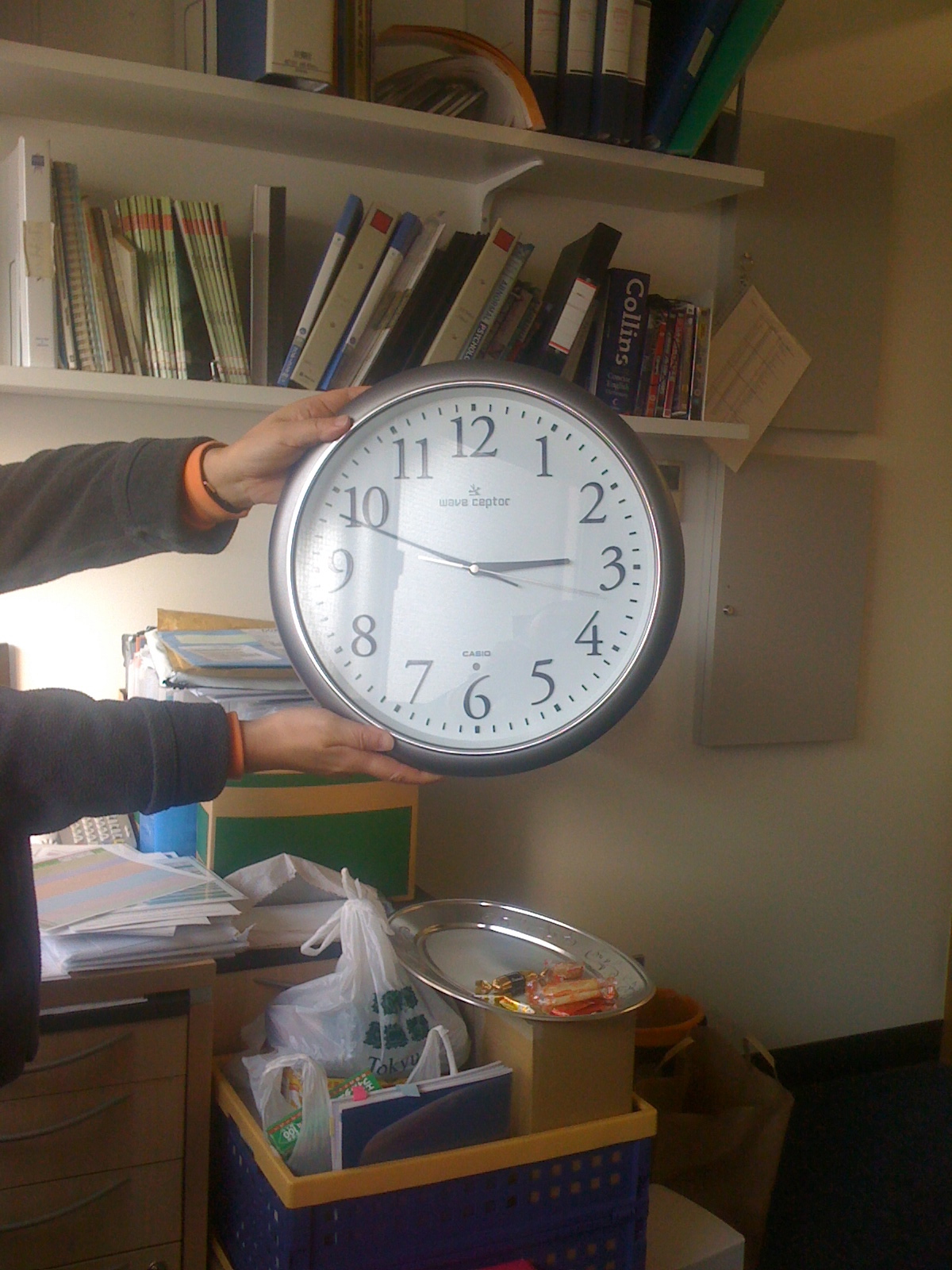
A central tenet of Buddhism is that suffering is caused by a failure or inability to accept the impermanence of all things. Listening to the chatter in the blogosphere this week, it seems that there are not many buddhist technology bloggers. On the back of Google's decision to close Google Reader, many people have been quick to attack Google Keep. Om Malik , a blogger who I follow regularly was extremely quick to jump on the Keep-bashing band wagon and he made justifiable points for doing so. I have a different point of view. Om argues from the point of view of someone who pays for Google services but I (and the schools I work for) have never paid to use Google products. I am also fully aware that when you don't pay, you are not the customer, you are the product. It just so happens that you are a product who can leverage the situation for educational benefit.
So what do I think of Evernote vs Google Keep? Firstly, I am a huge Evernote fan and use it regularly but mostly for personal organisation. I use it a little for keeping track of student research but the ability to only view their notes is a little limiting as a teacher. This week I have used Google Keep during lesson observations and also staff interviews. It serves the same purpose as Evernote but I am really enjoying the simplicity of it. It has reasonable sharing options through the android app and I can access everything easily when I need it. I am finding it very useful as a simple text processor (although Docs would do the same). My real interest in Google Keep comes with a bit of crystal ball gazing. This product will develop and it is only a matter of time before it gets the full apps treatment. Imagine it being fully integrated as a Google apps product where you can share a note with all students at the start of the lesson. The opportunity for collaboration within the Google apps framework could blow Evernote out of the water.
A few final thoughts
Should we be using Google products in schools when they can shut them down in the drop of a hat? In a word, yes. Google products have enhanced learning for my students in ways that are easy, quick and unimaginable with the best paid-for products without costing a cent. If Google shuts down a product, so what. I will find something else that does the same job. It is no different to the problem that schools encounter when that key person who knew how to use your expensive VLE leaves the school. Even expensive hardware products like iphones stop being supported by the company that made them when they decide not to support that OS any more. I fully accept that Google owes me nothing and I will use their products with this in mind.
Om Malik argues that he prefers to use products that focus on what they do, e.g. Evernote focus on notes. This doesn't always make a better product. Post it are focused on making notes. If you haven't used them before, they are little yellow bits of paper that you can write on that have an adhesive to stick to surfaces. The glue is completely unfit for purpose. I have lost countless bits of data through the poor design of these notes. The only syncing options are copying onto another note or photocopying. Luckily the type of data I write on these notes does not cause many problems when lost. I guess, its the same kind of data I will put on Google Keep, so if Google shut it down I will just accept that it is the impermanence of all things Google, move on and minimise my suffering.
Om Malik argues that he prefers to use products that focus on what they do, e.g. Evernote focus on notes. This doesn't always make a better product. Post it are focused on making notes. If you haven't used them before, they are little yellow bits of paper that you can write on that have an adhesive to stick to surfaces. The glue is completely unfit for purpose. I have lost countless bits of data through the poor design of these notes. The only syncing options are copying onto another note or photocopying. Luckily the type of data I write on these notes does not cause many problems when lost. I guess, its the same kind of data I will put on Google Keep, so if Google shut it down I will just accept that it is the impermanence of all things Google, move on and minimise my suffering.



















